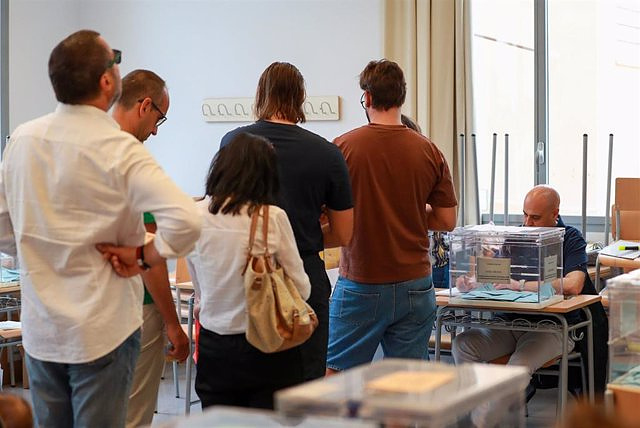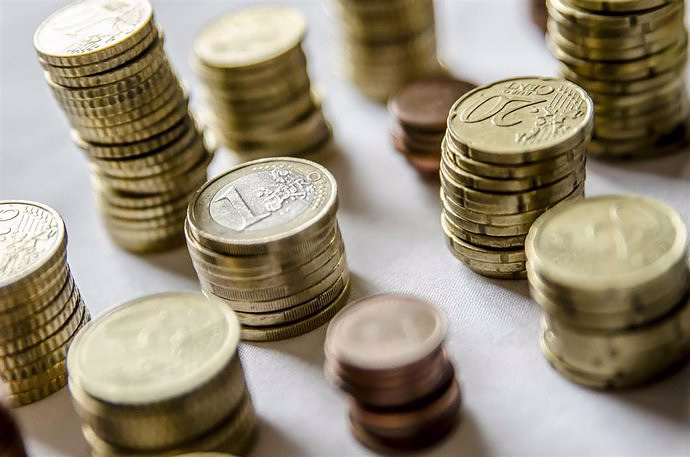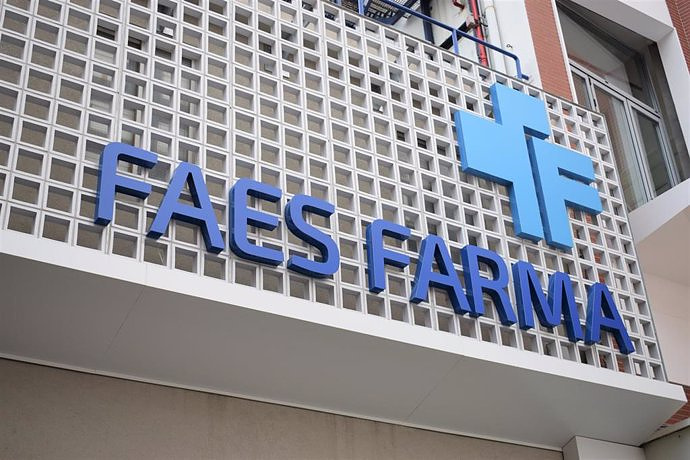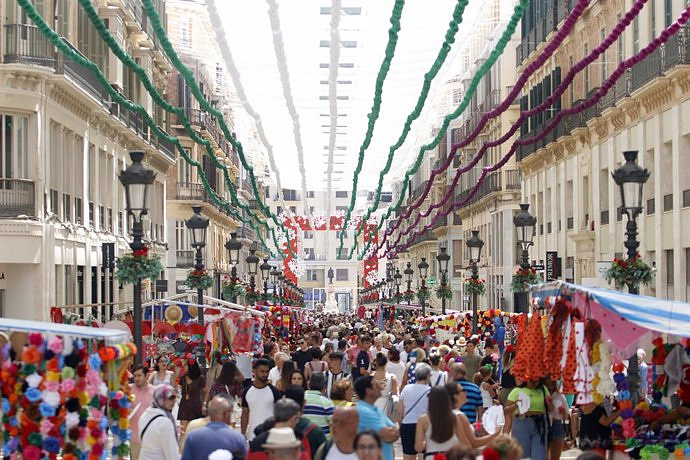MADRID, 22 Jul. (EDITIONS) -
On July 23, general elections are held in Spain. Faced with ballot counts such as the one in Italy -- where they keep counting ballots all night -- or the United States (USA) -- where the count can take several days --, the provisional results in Spain are usually known in a matter of a few hours. When will the results be known on the night of 23J? How do they know each other so quickly?
Throughout election day, the competent authorities --in this case, the Ministry of the Interior-- provide progress on participation. There are usually three: one first thing in the morning, one at lunchtime, and one in the middle of the afternoon. The first serves to detail what happened during the constitution of polling stations -if there has been any notable incident-, the second to give figures on participation during the morning and the third to provide data on participation during the afternoon.
The polling stations always have the same hours: they open at 09:00 and close at 20:00. The first figures of the count are known an hour later, at 9:00 p.m., shortly after the polling stations in the Canary Islands close (where, let us remember, they have an hour difference with the Peninsula due to their time zone). You have a pretty good idea of the day's headlines before midnight: who is the winning party, how many seats each formation gets, etc.
The Organic Law of the General Electoral Regime (LOREG) obliges the Government to "provide provisional information on the results of the election", something that the Executive faces with the following scrutiny system.
The clock passes 20:00 and the president of the polling station loudly announces the end of the vote. Counting begins once the polling station members and the accredited auditors deposit their ballots and after each polling station puts the mail-in ballots delivered by a postman at 09:00 on election day.
To carry out the recount, the president of the polling station extracts the envelopes from the ballot box one by one, reads aloud the name of each candidacy and shows the ballot to members, intervenors and representatives. After completing the count, doubts and protests are resolved by majority and finally the president announces the result aloud, detailing the number of voters in the census, the number of census certificates provided and the number of voters, invalid votes, blank votes and votes obtained for each candidacy.
These data are made public by means of an act of scrutiny. The representative of the Administration, as well as the representatives of each candidacy, the auditors, the proxies and the candidates who request it receive a copy of it. The representative of the Administration transmits the data to the data aggregation center of the Ministry of the Interior.
Although after this initial count there are hardly any changes, it should be mentioned that the results of election night are provisional (since, for example, the votes of residents abroad that arrive until the same day that the official scrutiny is held have yet to be counted).
The official count itself begins five days after the vote and by law must never end later than the eighth day after the election. In other words, the official count of the elections on July 23 will take place between July 28 and August 1. As regulated in Section 15 of the LOREG, this is a unique and public act.
The competent Electoral Board constitutes a table with the auditors designated by the candidacies that attend the elections. The president introduces the ballot envelopes from residents abroad received up to that day into the ballot box and the secretary writes down the names of the voters on the list. The results will be incorporated into the final scrutiny.
They verify the count and the sum of votes admitted by opening the envelopes with the electoral documentation from each polling station, which include the voting summaries. After carrying out the general scrutiny, the Electoral Board issues an act of scrutiny of the constituency in triplicate.

 Exploring Cardano: Inner Workings and Advantages of this Cryptocurrency
Exploring Cardano: Inner Workings and Advantages of this Cryptocurrency Seville.- Economy.- Innova.- STSA inaugurates its new painting and sealing hangar in San Pablo, for 18 million
Seville.- Economy.- Innova.- STSA inaugurates its new painting and sealing hangar in San Pablo, for 18 million Innova.- More than 300 volunteers join the Andalucía Compromiso Digital network in one month to facilitate access to ICT
Innova.- More than 300 volunteers join the Andalucía Compromiso Digital network in one month to facilitate access to ICT Innova.-AMP.- Ayesa acquires 51% of Sadiel, which will create new technological engineering products and expand markets
Innova.-AMP.- Ayesa acquires 51% of Sadiel, which will create new technological engineering products and expand markets Marc Márquez returns to pole in Jerez
Marc Márquez returns to pole in Jerez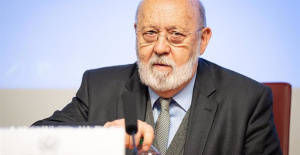 The CIS carries out a quick survey on Sánchez's letter to measure the reaction of citizens
The CIS carries out a quick survey on Sánchez's letter to measure the reaction of citizens 12M.- Puigdemont to Sánchez and Illa: "This is not about the future of the PSOE! What have you believed?"
12M.- Puigdemont to Sánchez and Illa: "This is not about the future of the PSOE! What have you believed?" Díaz proclaims that "the Government is not going to bow down" and asks not to be "on the defensive and locked in" against the right
Díaz proclaims that "the Government is not going to bow down" and asks not to be "on the defensive and locked in" against the right How Blockchain in being used to shape the future
How Blockchain in being used to shape the future Not just BTC and ETH: Here Are Some More Interesting Coins Worth Focusing on
Not just BTC and ETH: Here Are Some More Interesting Coins Worth Focusing on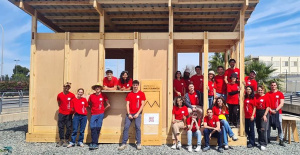 UPV students build a prototype of a wooden house to move to Equatorial Guinea
UPV students build a prototype of a wooden house to move to Equatorial Guinea The UA opens the call for the Impulso 2024 Awards for the best innovative business initiatives
The UA opens the call for the Impulso 2024 Awards for the best innovative business initiatives ALI, virtual assistant from Alicante, internationally recognized by the OECD
ALI, virtual assistant from Alicante, internationally recognized by the OECD Retrópolis brings the golden age of video games and computing to the UPV
Retrópolis brings the golden age of video games and computing to the UPV A million people demonstrate in France against Macron's pension reform
A million people demonstrate in France against Macron's pension reform Russia launches several missiles against "critical infrastructure" in the city of Zaporizhia
Russia launches several missiles against "critical infrastructure" in the city of Zaporizhia A "procession" remembers the dead of the Calabria shipwreck as bodies continue to wash up on the shore
A "procession" remembers the dead of the Calabria shipwreck as bodies continue to wash up on the shore Prison sentences handed down for three prominent Hong Kong pro-democracy activists
Prison sentences handed down for three prominent Hong Kong pro-democracy activists ETH continues to leave trading platforms, Ethereum balance on exchanges lowest in 3 years
ETH continues to leave trading platforms, Ethereum balance on exchanges lowest in 3 years Investors invest $450 million in Consensys, Ethereum incubator now valued at $7 billion
Investors invest $450 million in Consensys, Ethereum incubator now valued at $7 billion Alchemy Integrates Ethereum L2 Product Starknet to Enhance Web3 Scalability at a Price 100x Lower Than L1 Fees
Alchemy Integrates Ethereum L2 Product Starknet to Enhance Web3 Scalability at a Price 100x Lower Than L1 Fees Mining Report: Bitcoin's Electricity Consumption Declines by 25% in Q1 2022
Mining Report: Bitcoin's Electricity Consumption Declines by 25% in Q1 2022 Oil-to-Bitcoin Mining Firm Crusoe Energy Systems Raised $505 Million
Oil-to-Bitcoin Mining Firm Crusoe Energy Systems Raised $505 Million Microbt reveals the latest Bitcoin mining rigs -- Machines produce up to 126 TH/s with custom 5nm chip design
Microbt reveals the latest Bitcoin mining rigs -- Machines produce up to 126 TH/s with custom 5nm chip design Bitcoin's Mining Difficulty Hits a Lifetime High, With More Than 90% of BTC Supply Issued
Bitcoin's Mining Difficulty Hits a Lifetime High, With More Than 90% of BTC Supply Issued The Biggest Movers are Near, EOS, and RUNE during Friday's Selloff
The Biggest Movers are Near, EOS, and RUNE during Friday's Selloff Global Markets Spooked by a Hawkish Fed and Covid, Stocks and Crypto Gain After Musk Buys Twitter
Global Markets Spooked by a Hawkish Fed and Covid, Stocks and Crypto Gain After Musk Buys Twitter Bitso to offset carbon emissions from the Trading Platform's ERC20, ETH, and BTC Transactions
Bitso to offset carbon emissions from the Trading Platform's ERC20, ETH, and BTC Transactions Draftkings Announces 2022 College Hoops NFT Selection for March Madness
Draftkings Announces 2022 College Hoops NFT Selection for March Madness